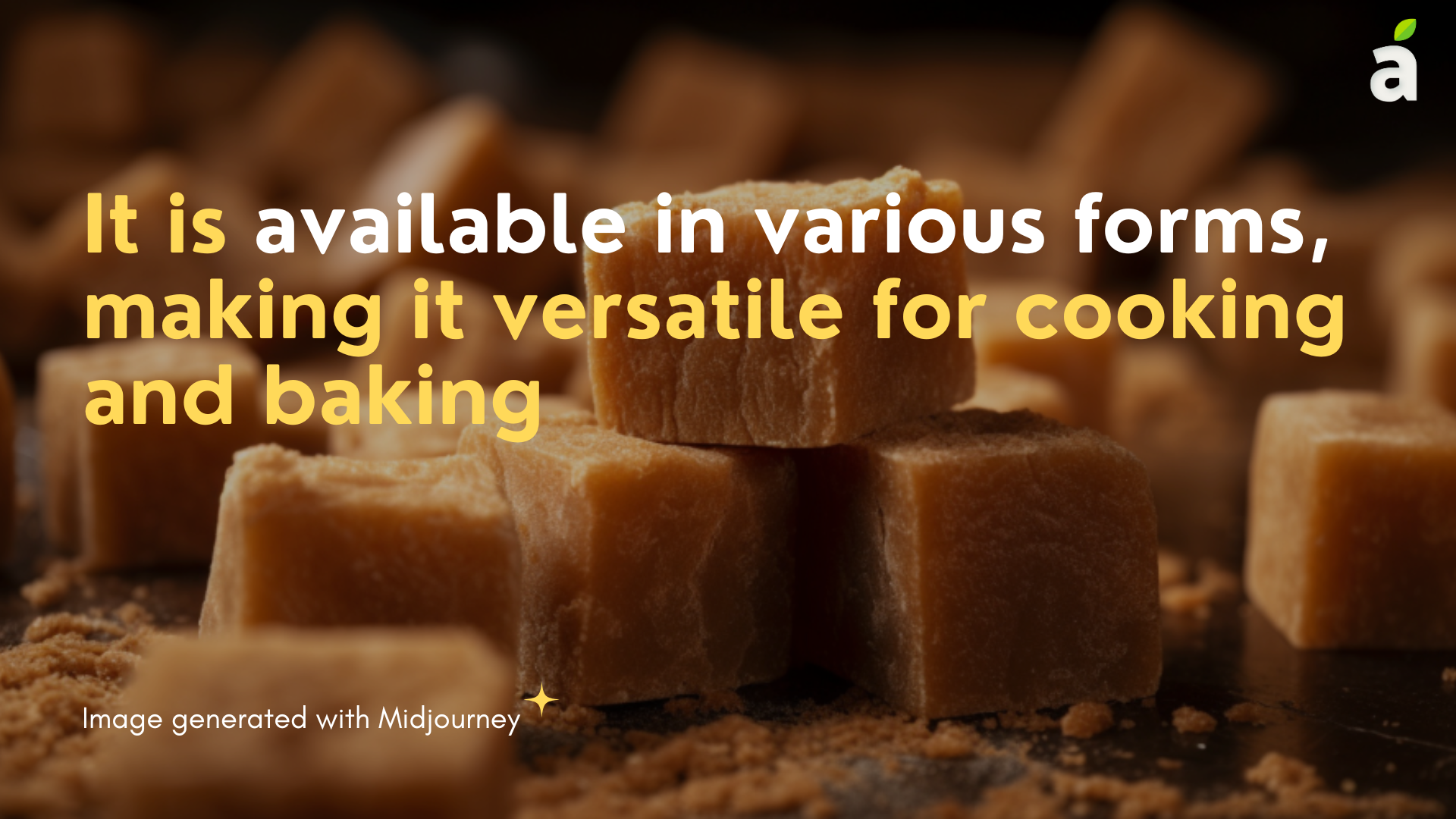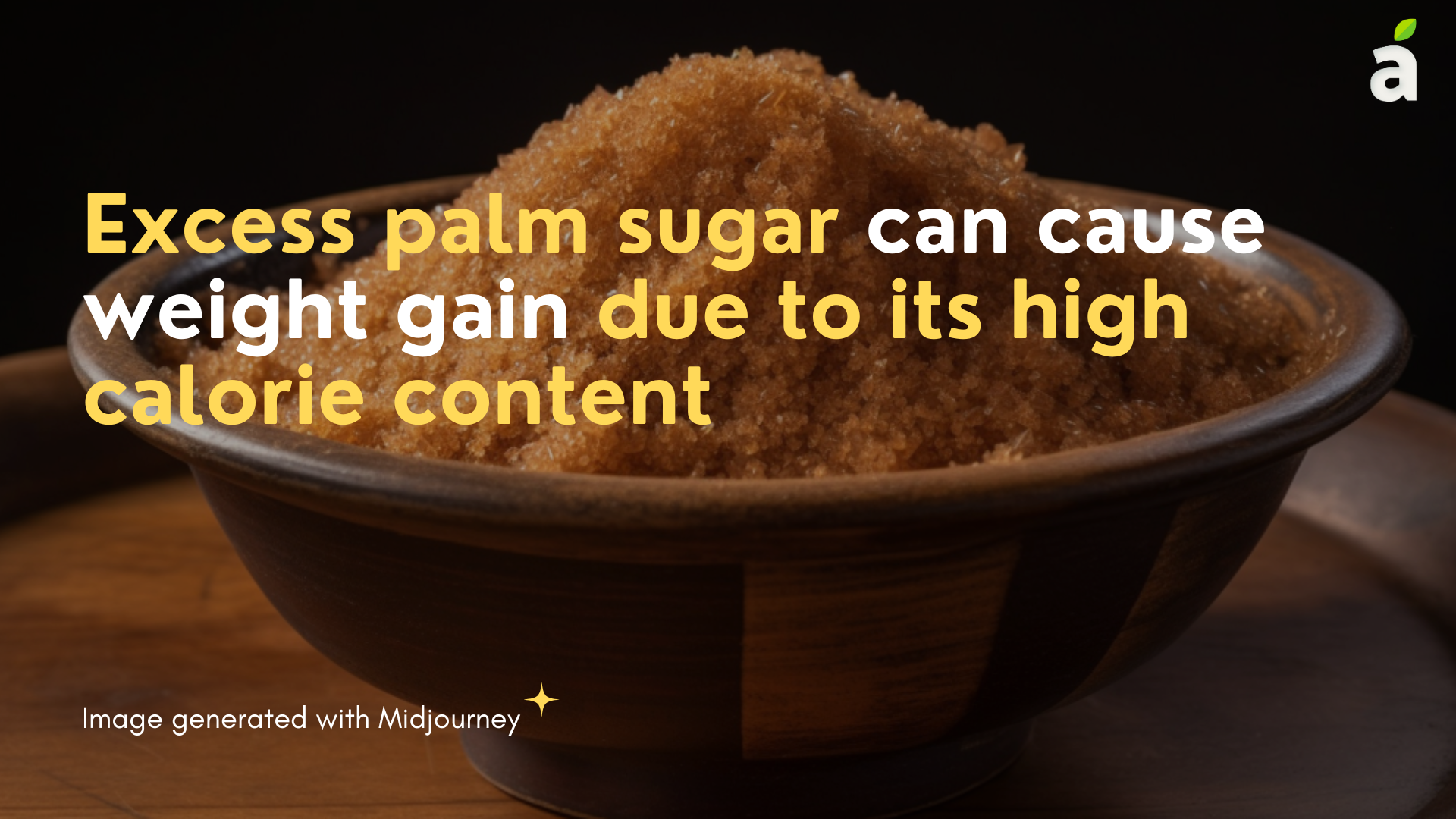Published Date January 24, 2003
The Sweet Delight of Palm Sugar
By Naurin Ansari
3 min read
Last update date: January 24, 2003

Sweetness plays a significant role in our culinary experiences, and finding healthier alternatives to refined sugar has become increasingly important. One such alternative is normal crystallised sugar. Derived from the sugar palm tree, this natural sweetener offers a unique flavour and numerous health benefits.
In this blog, we will delve into the world of palm sugar, exploring what it is, its origins from the sugar palm fruit, the potential health benefits it offers, and any potential drawbacks to consider.
What is Palm Sugar?
Palm sugar, also called gula melaka, is a widely used ingredient in Southeast Asian and African cuisine. It is obtained from the sap found in coconut palm trees and is valued for its sweetening properties. Palm sugar is considered a healthier option, unlike other sweeteners due to its minimal processing and absence of chemical additives.
It possesses a low glycemic index, meaning it has a lesser impact on blood sugar levels. Palm sugar can be found in solid sugar or liquid honey-like forms, providing versatility for various culinary applications. The production process involves tapping the palm tree trunk to extract the sap, which is then heated to remove moisture, resulting in a thick, dark syrup.
After cooling and solidification, it is transformed into blocks, granules, or a paste-like consistency, making it convenient for cooking and baking.[1]
The Sugar Palm Fruit
The sugar palm fruit, also called palmyra fruit, grows in clusters on tall palm trees and is characterized by its black husks. It is scientifically known as Arenga pinnata or Arenga saccharifera, which is the origin of palm sugar. These tall and slender sugar palm trees are indigenous to tropical regions and are highly prized for their diverse applications.
The sugar palm fruit itself is nutritionally rich and has been traditionally consumed as a food source in various cultures. Its inherent sweetness and high carbohydrate content make it a valuable energy source, and the pulp and juice derived from the fruit are commonly used in culinary preparations. The sugar palm fruit is typically 4-7 inches in diameter.
Three sweet, translucent, pale white, jelly-like seeds are found inside the sugar palm fruit. These seeds have thin, yellowish-brown skin and a watery fluid within their white fleshy body. They are rich in calcium and phosphorus and contain minimal protein and fat.[2]
How is Palm Sugar Good for You?
Palm sugar offers various health benefits, making it a popular choice as a sugar alternative. Here are some key points highlighting its advantages:
- Inulin Fibre: Palm sugar contains inulin, a fibre that promotes gut health by regulating gut bacteria and enhancing mineral absorption, thereby supporting good digestion.
- Phytonutrients: Palm sugar contains phytonutrients, plant-based compounds with antioxidant properties that help combat oxidative stress and reduce the risk of chronic diseases.
- Lower Glycemic Index: With a lower glycemic index compared to refined sugar, palm sugar causes a slower and more gradual increase in blood sugar levels, making it suitable for individuals managing diabetes or concerned about blood sugar control.
- Potassium Content: Palm sugar is believed to have a higher potassium content than bananas and green vegetables. Adequate potassium intake can help manage high blood pressure and support essential functions like muscle contraction and regular heartbeats.
- Nutrient-rich: Palm sugar is a natural source of essential minerals like potassium, iron, calcium, and magnesium, which contribute to overall health and support various bodily functions.
- Natural Sweetener: Palm sugar is derived from natural sources and does not contain artificial additives or chemicals, making it a healthier option compared to processed sugars.[3]
What Harm Can Palm Sugar Do?
While palm sugar offers several health benefits, it is crucial to consume it in moderation. Here are a few points to consider:
- Blood Glucose Levels: Palm sugar contains sucrose, glucose, and fructose, which can increase blood glucose at the same rate as table sugar (or refined sugar). It is important to control the amount of palm sugar consumed to avoid spikes in blood sugar.
- Health Risks: Uncontrolled intake of palm sugar can lead to uncontrolled diabetes, obesity, and weight gain. Cardiac complications can arise from poorly managed diabetes. Additionally, excessive palm sugar consumption can contribute to tooth decay.
- Moderation is Key: While palm sugar is considered a healthier alternative to other sweeteners, it should be consumed in moderation. Researchers suggest that excessive sugar intake, regardless of the source, can lead to weight gain and overeating.
- Dental Health: Too much palm sugar can contribute to tooth decay. The bacteria in the mouth feed on sugar, leading to plaque formation, increased acidity levels, enamel erosion, and cavities. Proper oral hygiene practices are essential to prevent dental issues.
- Caloric Content: Palm sugar is calorie-dense, and excessive consumption can contribute to weight gain. Balancing palm sugar intake with a healthy and active lifestyle is important.
- Nutrient Variability: The nutrient content of palm sugar may vary depending on processing methods and sources. Choosing high-quality, minimally processed palm sugar can ensure a more optimal nutrient profile.
While palm sugar can be a healthier alternative, it is important to exercise moderation and maintain good oral hygiene to avoid potential health risks.[4]
Takeaway
Incorporating palm sugar as a natural sweetener in your diet can offer a healthier alternative to refined sugar. With its unique flavour, lower glycemic index, and nutrient-rich profile, palm sugar provides a delightful way to satisfy your sweet tooth while promoting overall well-being.
References
- https://www.webmd.com/diet/palm-sugar-health-benefits
- https://www.medindia.net/patients/lifestyleandwellness/top-4-health-benefits-of-palmyra-fruit.htm#:~:text=Palm%20fruit%20has%20anti%2Dinflammatory,also%20as%20a%20liver%20tonic
- https://betterme.world/articles/what-is-palm-sugar/
- https://www.sugarfit.com/blog/palm-sugar-for-diabetes/#:~:text=Risks%20of%20Overconsumption%20of%20Palm%20Sugar,-Palm%20sugar%20contains&text=If%20the%20amount%20of%20palm,Uncontrolled%20diabetes
Keep reading
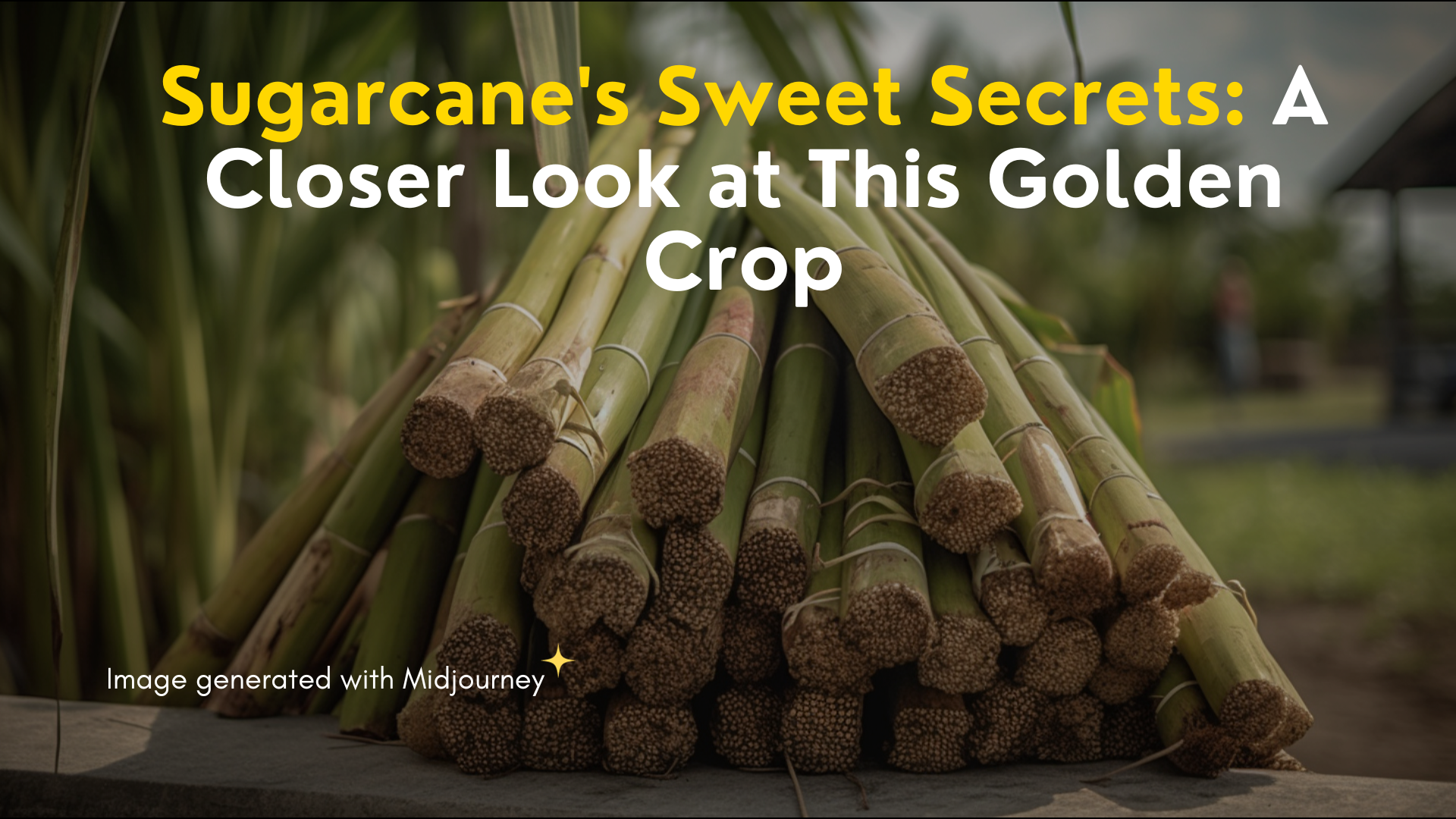
Unearthing the Sweet Secrets of Sugarcane
By Naurin Ansari

The Sweet Treasure: Exploring the World of Jaggery
By Naurin Ansari
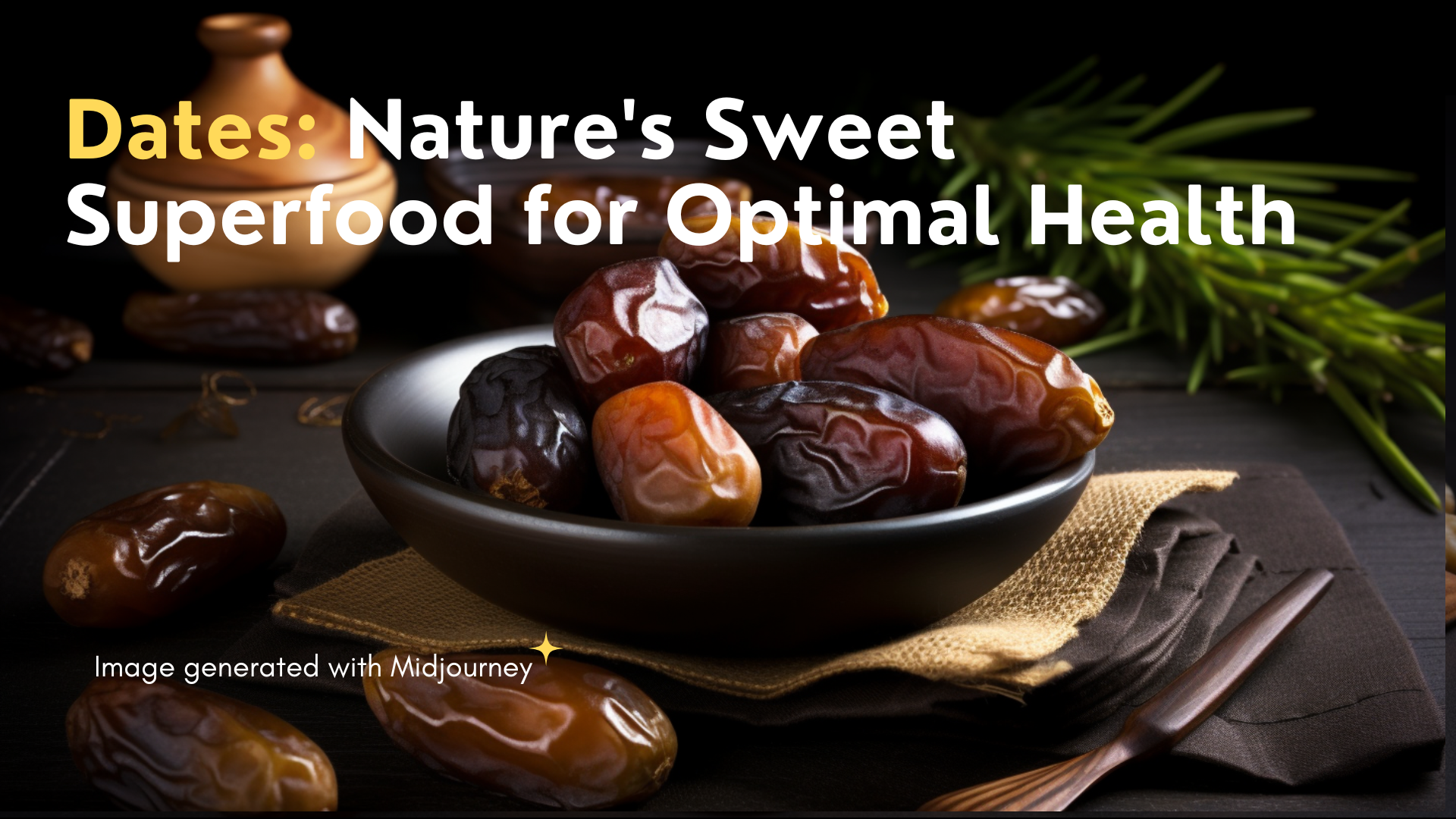
The Sweet and Nutritious World of Dates
By Naurin Ansari
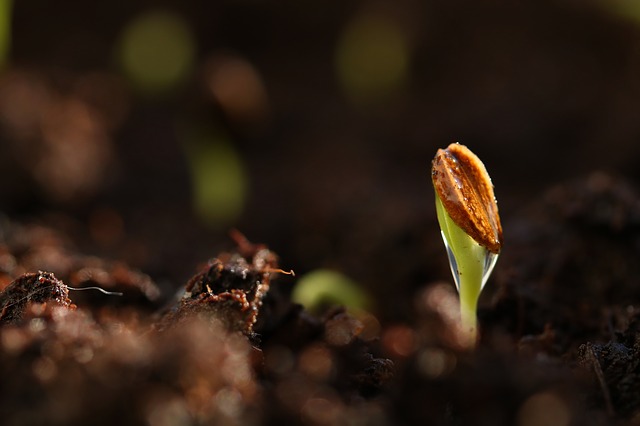
The germination of the seed
It is expected of women to take the utmost care during pregnancy. They are given a list of do’s and don’ts during pregnancy and even after delivery
By Hetvi Shah
Choose Healthy With Us.
Know the real truth about your food. Stay informed and healthy, for free.

Download the App Now
Certified nutritionists trust our food recommendations. Safe to say, so can you :)




